In memoriam: Sir Terence Conran (1931-2020)
Sir Terence Conran will be remembered for countless commercial achievements, but most impressively of all, for possessing a clear and compelling vision for the future of design, retail and hospitality
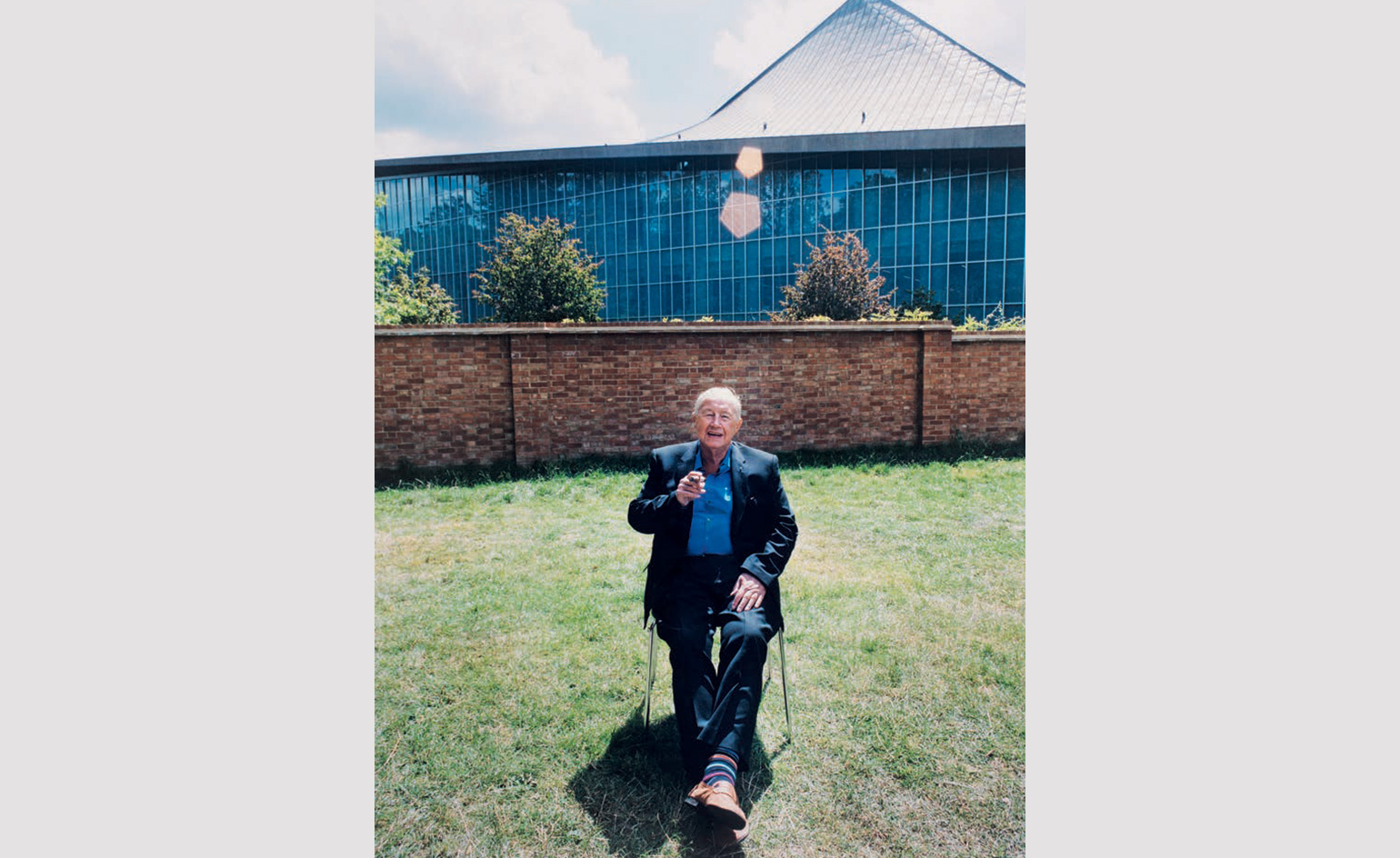
Few designers have had as profound and far-reaching an effect on the lives of their compatriots as Sir Terence Conran, who has died, aged 88. Designer, restaurateur, retailer and serial entrepreneur – Conran influenced the way an entire generation furnished their homes, dined out and thought about design.
As the founder of Habitat, Conran presented chic contemporary design to a young, middle class audience for whom it had previously been unattainable. He was the driving force behind the founding of the Design Museum and co-owner of many of London’s most influential and zeitgeisty restaurants. He co-founded Conrad Octopus, the publishing house behind countless design tomes, and Benchmark Furniture, which he set up in 1983 with Sean Sutcliffe. His more recent ventures include the hotel, restaurant, café, bakery and grocery shop The Boundary in London’s Shoreditch.
Conran was born in Esher in 1931, the son of a South African-born businessman who owned a rubber importation company in east London. He was educated at Bryanston School and then the Central School of Art and Design (now incorporated into Central Saint Martins), where he studied textiles and design. While still a student he established a furniture studio, sharing the space with one of his professors, artist Eduardo Paolozzi. Conran left Central School of Art and Design to work for architect Dennis Lennon, helping to create some of the attractions for the 1951 Festival of Britain. The following year, he set up on his own, opening a furniture workshop – Conran and Company – in London’s Notting Hill. An extended stay in Paris during the same period inspired in him a lifelong love of French culture and cuisine. In 1953, together with friends, he opened a Continental-style bistro, The Soup Kitchen, which boasted Britain’s second-ever Gaggia coffee machine.
Conran and Company, meanwhile, continued to thrive. Never one to rest on his laurels, in 1956 the fledgling entrepreneur incorporated it into his newly formed Conran Design Group, which specialized in the design of interiors and retail spaces. One of its earliest commissions was Mary Quant’s Markham Square shop on London’s King’s Road, which had a plaque that read: ‘Contract by Conran, Pizzazz by Quant’.
Of all Conran’s legion business ventures, the creation in 1964 of Habitat – born of his frustration at not being able to sell his Summa range of flatpack furniture in traditional department stores – is perhaps the most significant. Habitat wasn’t just a shop, it was a way of life, a note-perfect homeware emporium for the nascent Swinging London. Expanding from a single site in the Fulham Road into a national, and then international, chain, it helped drag Britain out of the gloom of postwar austerity into a bold, bright, confident future, inspired in equal parts by modernism and Continental savoir vivre. It democratized design in Britain – more than two decades before the arrival of Ikea – demonstrating that simple, utilitarian forms could nonetheless be fun and glamorous.
Much of what Habitat sold was designed in-house, but Conran’s skill lay also in curating and sourcing products that suited his philosophy and aesthetic – essentially Bauhaus reimagined for young, optimistic customers. And Habitat wasn’t simply about furnishing your living space, it was also about equipping it with garlic presses, fondue sets, Le Creuset casserole dishes and duvets – items that seemed wondrously exotic to the British public at the time.
Building on the success of Habitat, which at its peak in the early 1980s had 53 outlets globally, Conran embarked on a phase of massive retail expansion. His Storehouse Group acquired high street retailers like Heals, Mothercare and British Home Stores and grew to become a sprawling FTSE 100 company. The dream would end acrimoniously with Conran being ousted as CEO in 1988 and stepping down from his chairman position in 1990, but he maintained his involvement in retail with The Conran Shop, which became a benchmark for chic modern home style with branches in the UK, France, Japan and the US.
RELATED STORY
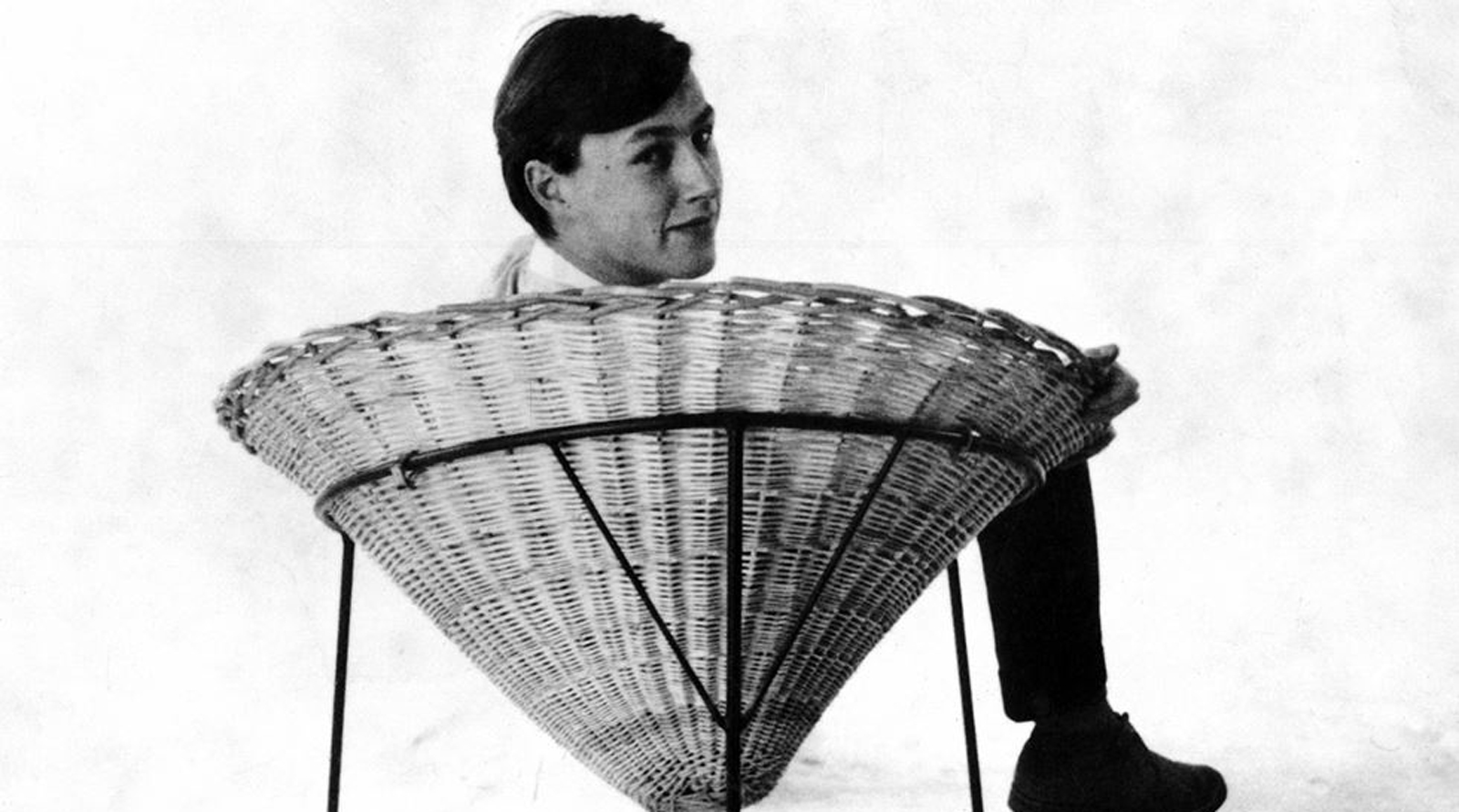
Throughout this period, Conran had remained an influential figure in interior design, architecture and planning, setting up Conran Roche with architect Fred Roche in 1980. Their work together included the refurbishment of Michelin House, which became the iconic restaurant Bibendum, and Chelsea’s Bluebird Garage.
As he famously commented, ‘Furniture and food are ways that people define their attitude toward life. They'll buy better stuff if it's offered to them.’ And while he was busy redefining the way we live domestically, Conran was also becoming one of the nation’s most successful restaurateurs. During the 1980s and ’90s, he established the template for slick, buzzy restaurants – glamorous venues to see and be seen in. Though he eventually stepped back from the business in 2006, the list of restaurants he opened, from Le Pont de la Tour and Bibendum to Quaglino’s and Mezzo, reads like a timeline of London culinary cool.
Conran was also instrumental in establishing the Design Museum in London, negotiating an agreement with the Victoria and Albert Museum to establish a design-focused space called the Boilerhouse Project in the museum’s basement in 1982. This evolved into the Design Museum, which took up residence in a converted banana warehouse in Shad Thames in 1989 before moving to the former Commonwealth Institute in Kensington in 2016.
Conran’s written contribution over the seven decades of his career is also worthy of note. He was the author of over 50 highly influential books on design, home and food. Most of these were published by Conran Octopus, the illustrated-book publisher he founded with Paul Hamlyn.
Married four times – he tied the knot with his fourth wife Victoria Davis in 2000 – Conran is survived by his five children: fashion designer Jasper, designers Sebastian and Sophie, and restaurateurs Tom and Edmund. He was knighted in 1983 and appointed Member of the Order of the Companions of Honour in the 2017 Birthday Honours for services to design.
Still working right to the end, Sir Terence Conran will be remembered for countless commercial achievements, but most impressively of all, for possessing a clear and compelling vision for the future of design, retail and hospitality – and the strength of character to make his vision a reality. For as he once declared, ‘The designer's job is to imagine the world not how it is, but how it should be.’
Wallpaper* Newsletter
Receive our daily digest of inspiration, escapism and design stories from around the world direct to your inbox.
-
 Maserati joins forces with Giorgetti for a turbo-charged relationship
Maserati joins forces with Giorgetti for a turbo-charged relationshipAnnouncing their marriage during Milan Design Week, the brands unveiled a collection, a car and a long term commitment
By Hugo Macdonald
-
 Through an innovative new training program, Poltrona Frau aims to safeguard Italian craft
Through an innovative new training program, Poltrona Frau aims to safeguard Italian craftThe heritage furniture manufacturer is training a new generation of leather artisans
By Cristina Kiran Piotti
-
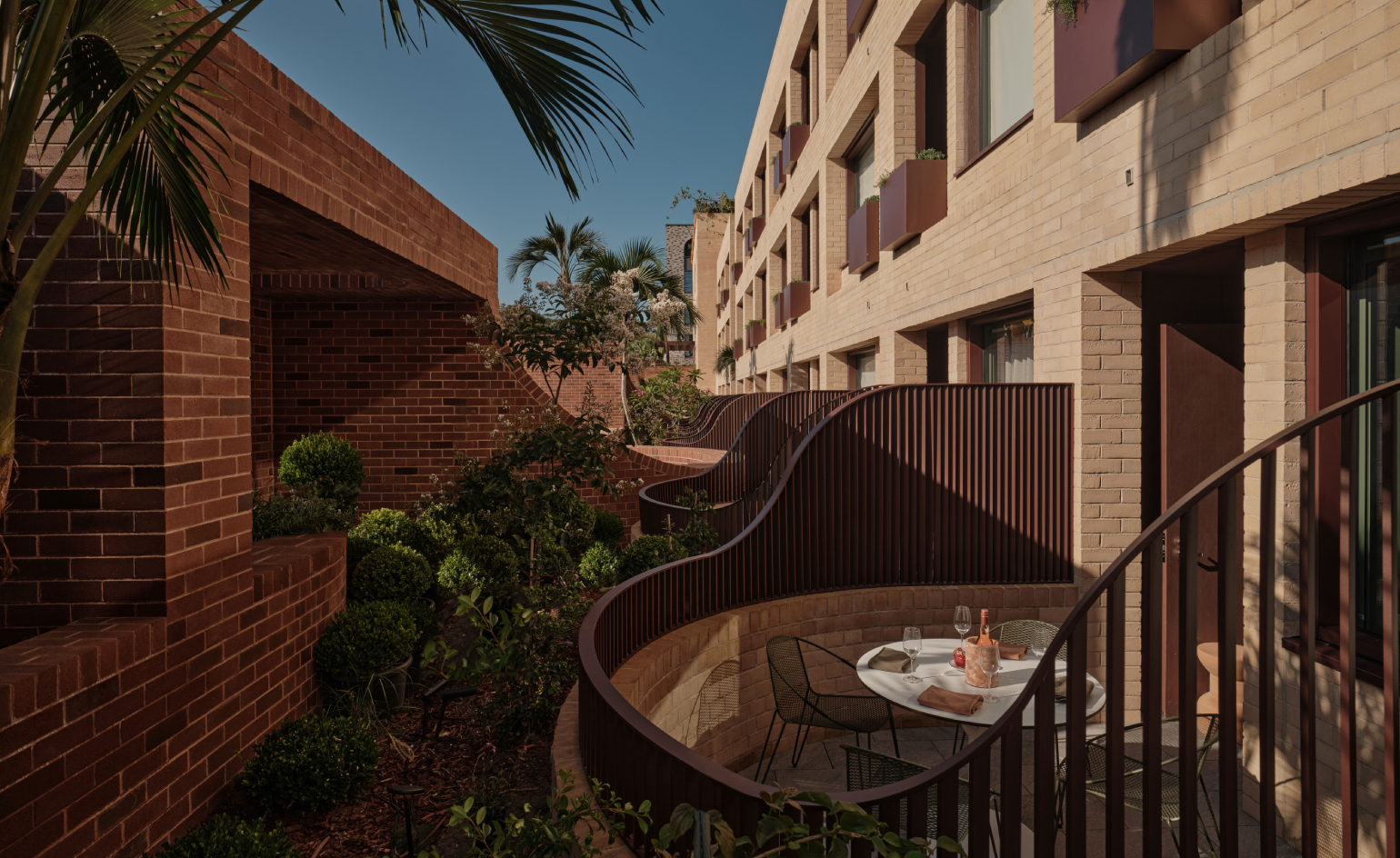 Wallpaper* checks in at The Eve Hotel Sydney: a lush urban escape
Wallpaper* checks in at The Eve Hotel Sydney: a lush urban escapeA new Sydney hotel makes a bold and biophilic addition to a buzzing neighbourhood that’s on the up
By Kee Foong
-
 On the Isle of Man, the secret history of designer Archibald Knox is revealed
On the Isle of Man, the secret history of designer Archibald Knox is revealedThe mysterious life and works of local designer Archibald Knox is celebrated in a retrospective at Manx Museum, spanning silverware, furniture, clocks and more
By Emma O'Kelly
-
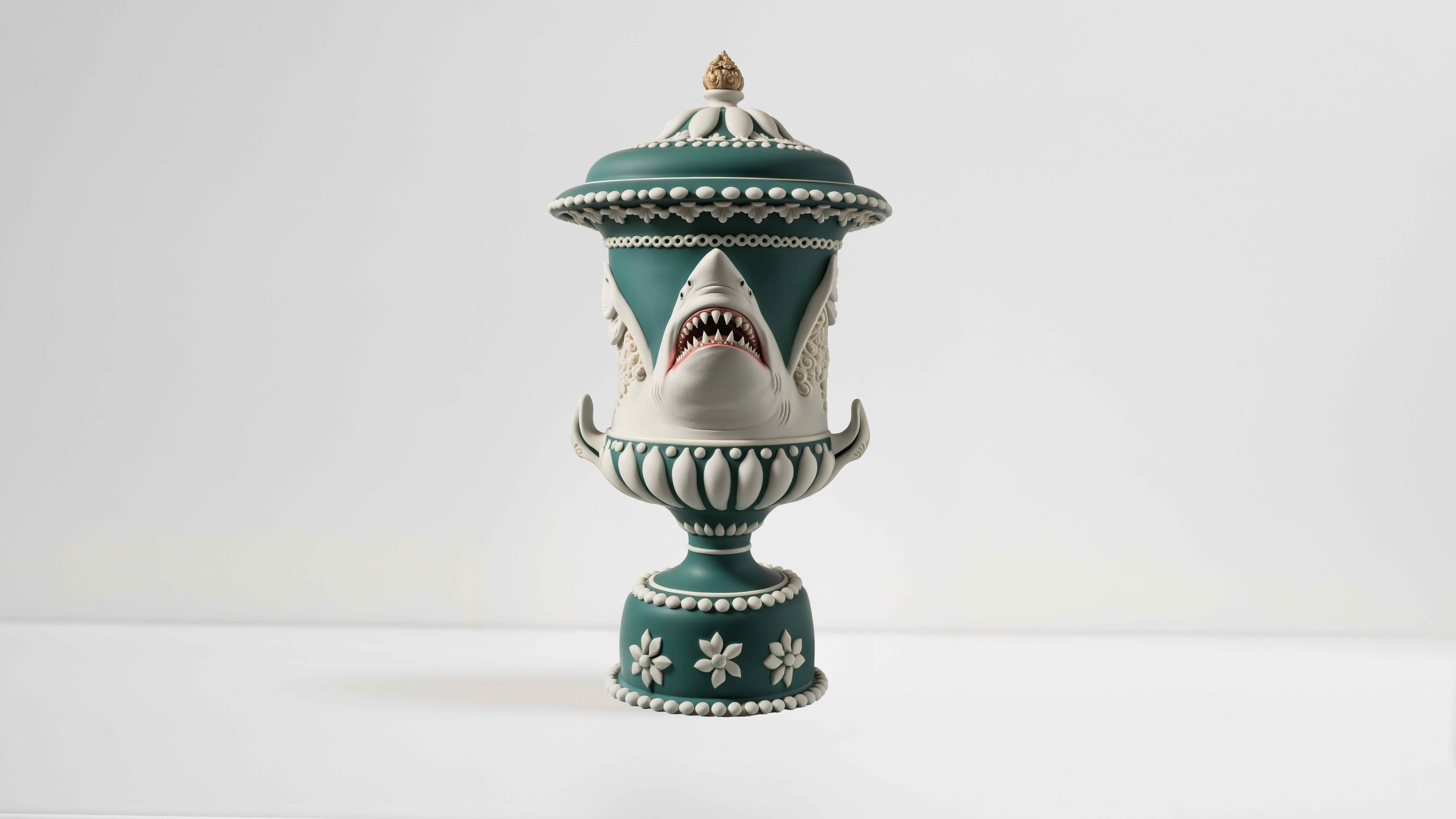 Wedgwood’s AI tool lets the public reimagine Jasperware for its 250th anniversary
Wedgwood’s AI tool lets the public reimagine Jasperware for its 250th anniversaryTo celebrate 250 years of Jasperware, Wedgwood debuts an AI tool that opens up the design process to the public for the first time
By Ali Morris
-
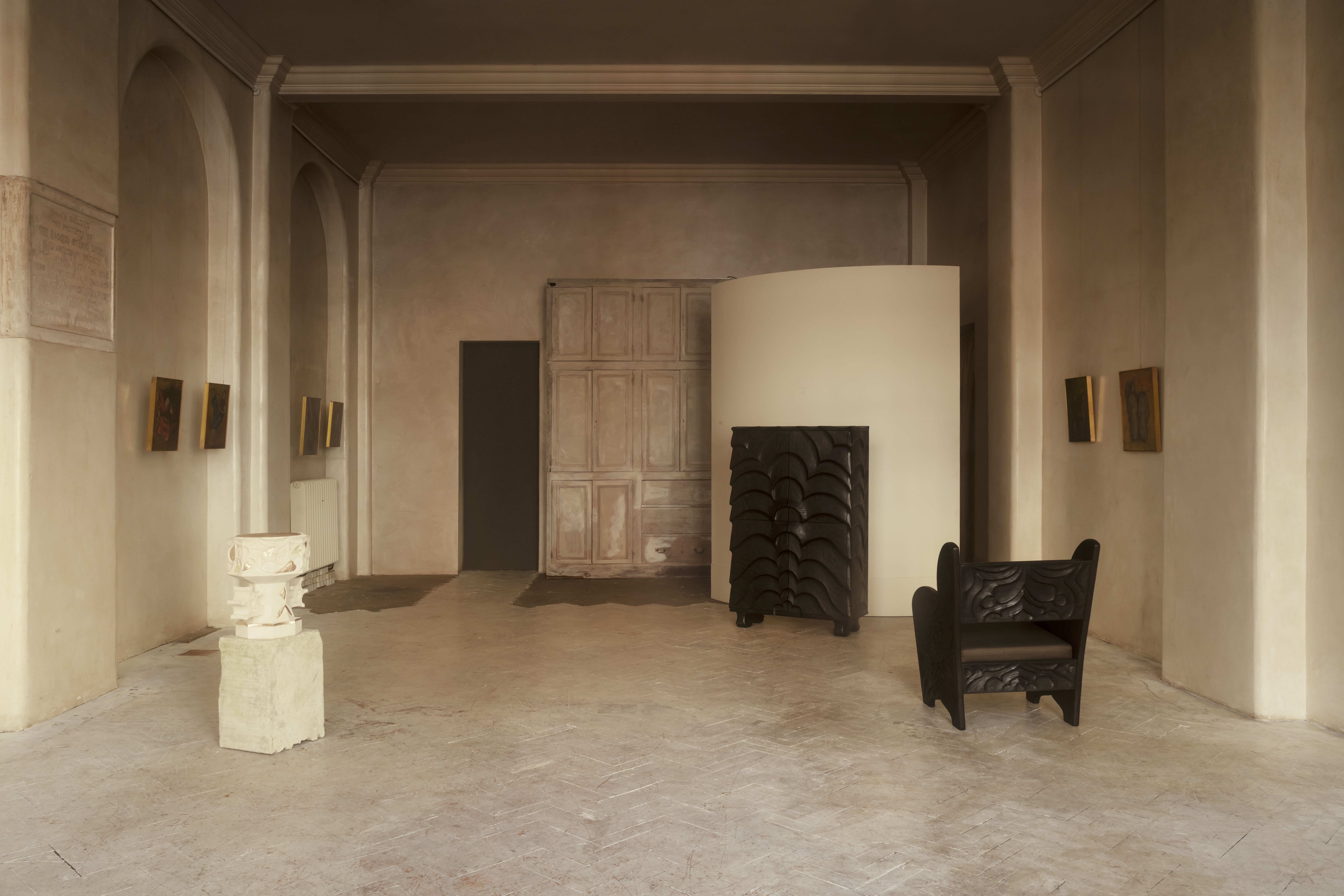 A new London show explores material magic with medieval melancholy
A new London show explores material magic with medieval melancholyInspired by deconsecrated monasteries, interior designer and curator Jermaine Gallacher takes us on a journey through time and mood in a London exhibition at The Ragged School
By Billie Muraben
-
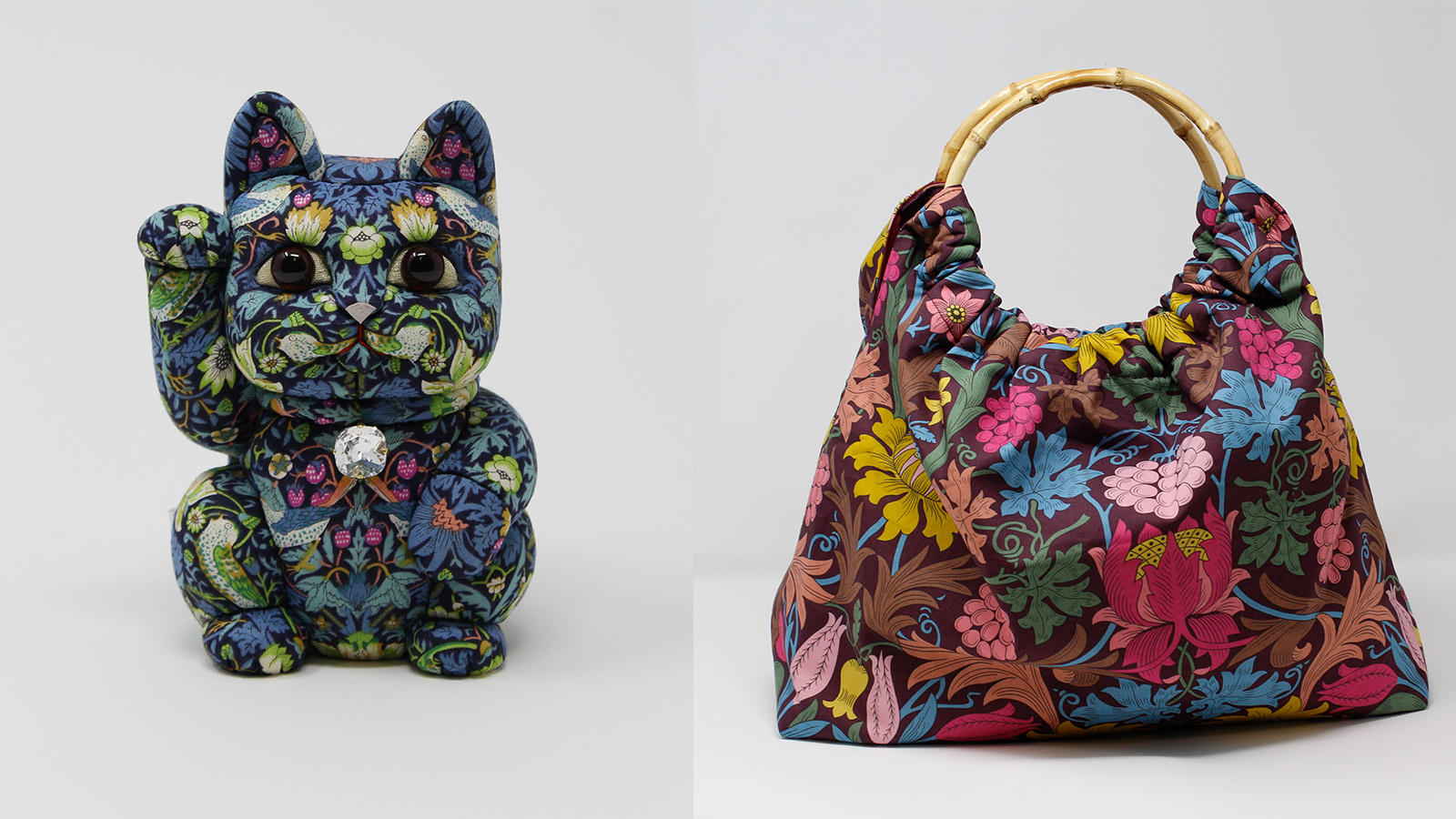 William Morris mania meets the design industry’s darker side in a new London show
William Morris mania meets the design industry’s darker side in a new London show‘Morris Mania’ at the William Morris Gallery explores the British designer’s complicated legacy in an ever-more commodified world
By Tianna Williams
-
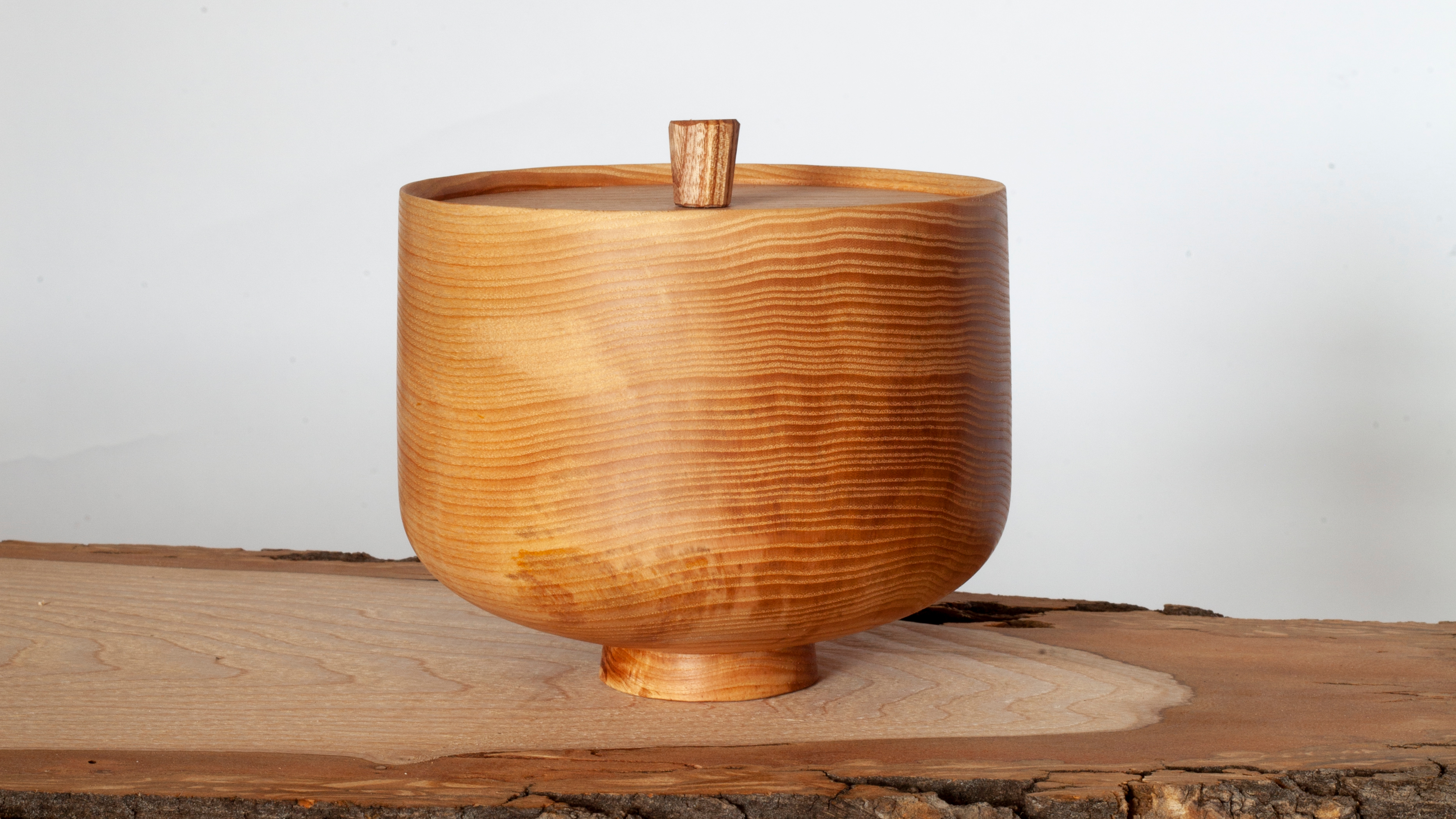 Reimagining remembrance: Urn Studios introduces artistic urns to the UK
Reimagining remembrance: Urn Studios introduces artistic urns to the UKBridging the gap between art and memory, Urn Studios offers contemporary, handcrafted funeral urns designed to be proudly displayed
By Ali Morris
-
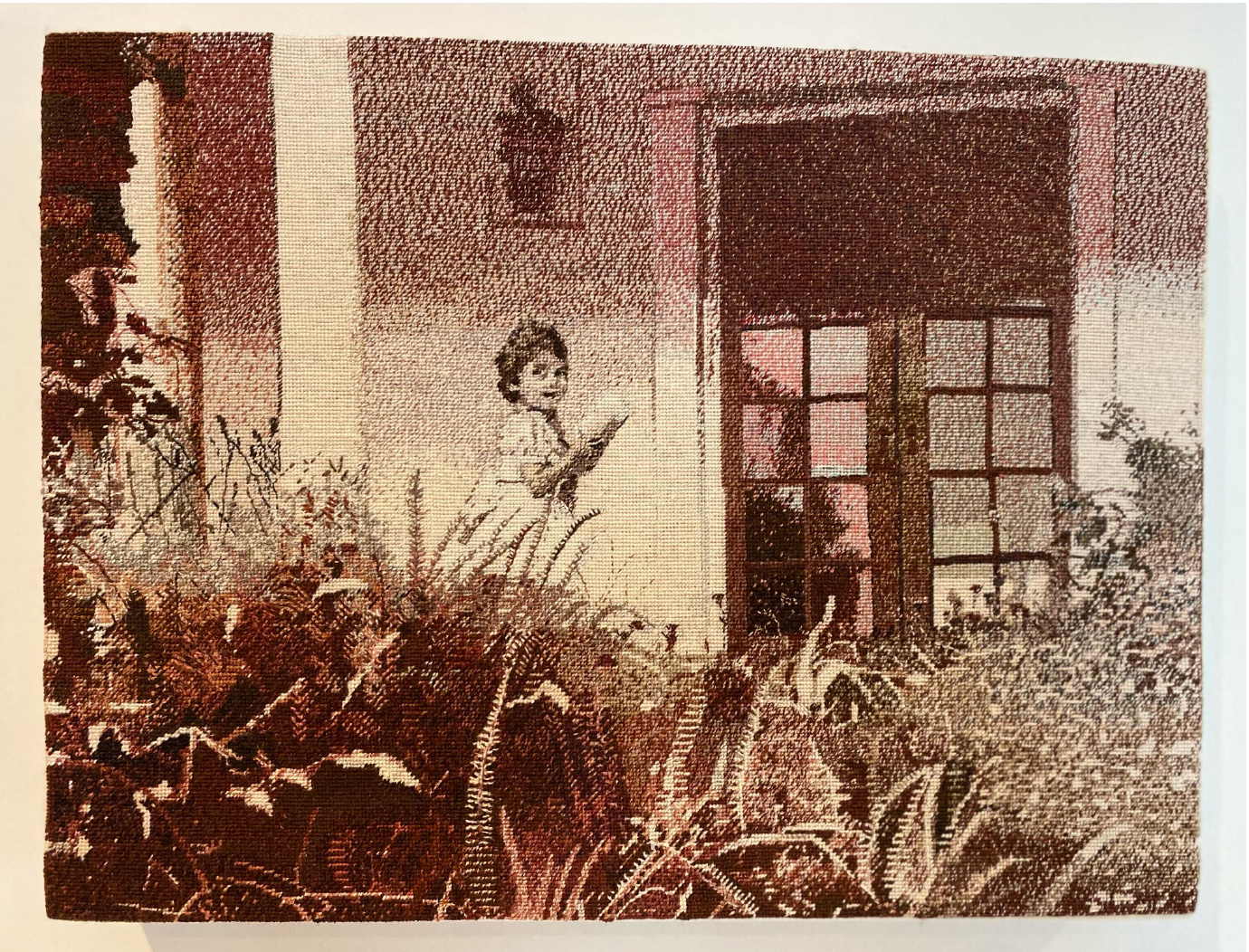 Wallpaper* takes a turn around Somerset House for Collect 2025
Wallpaper* takes a turn around Somerset House for Collect 2025Our round-up of the highlights from the 21st edition of the collectible craft and design fair in London
By Malaika Byng
-
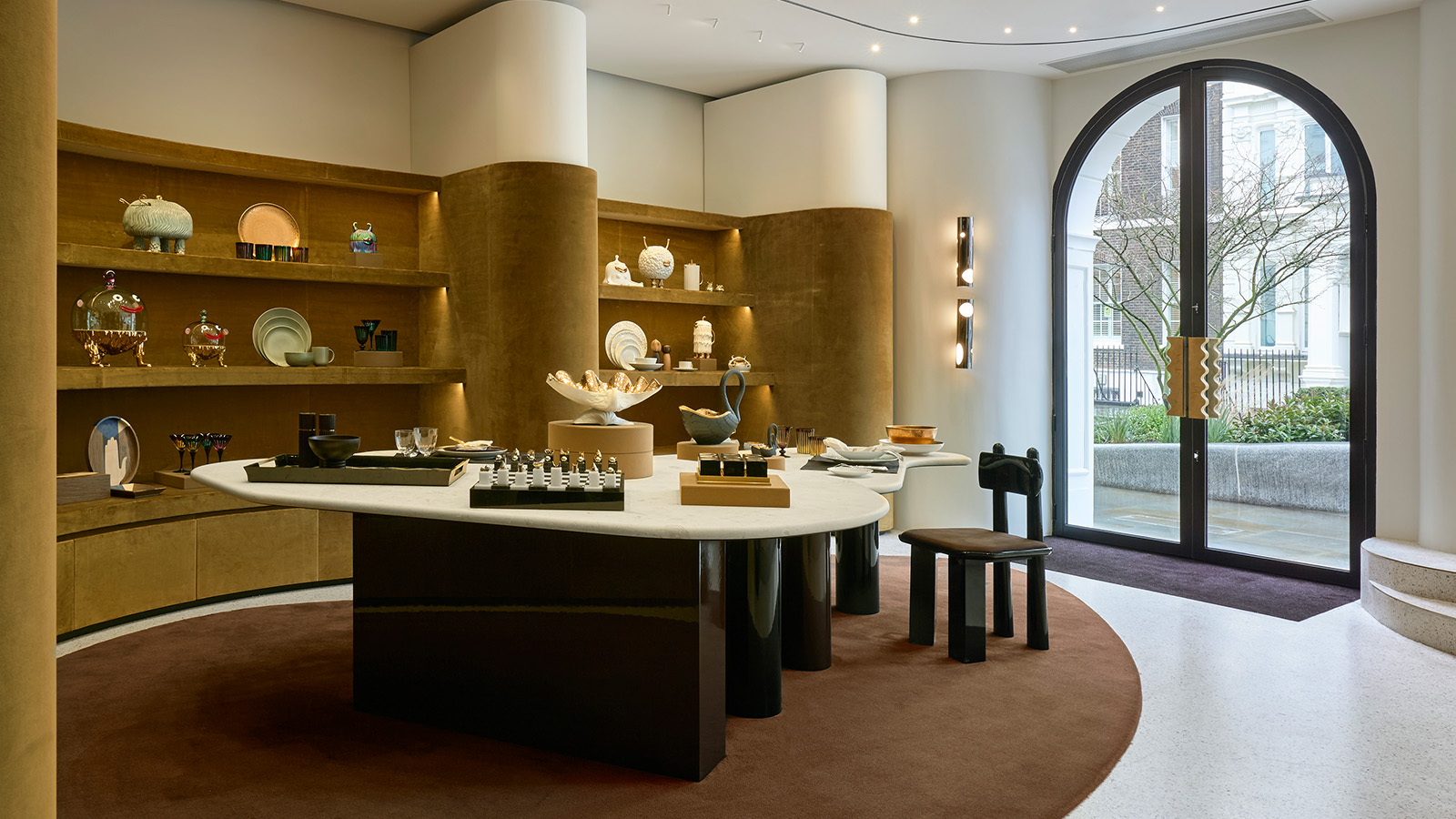 ‘It’s a museum-like jewel box’: L’Objet marks 20 years of elegant design with a new London flagship
‘It’s a museum-like jewel box’: L’Objet marks 20 years of elegant design with a new London flagshipOpening on 12 March 2025, L’Objet’s new London boutique is rich in chocolate colours and velvet detailing
By Tianna Williams
-
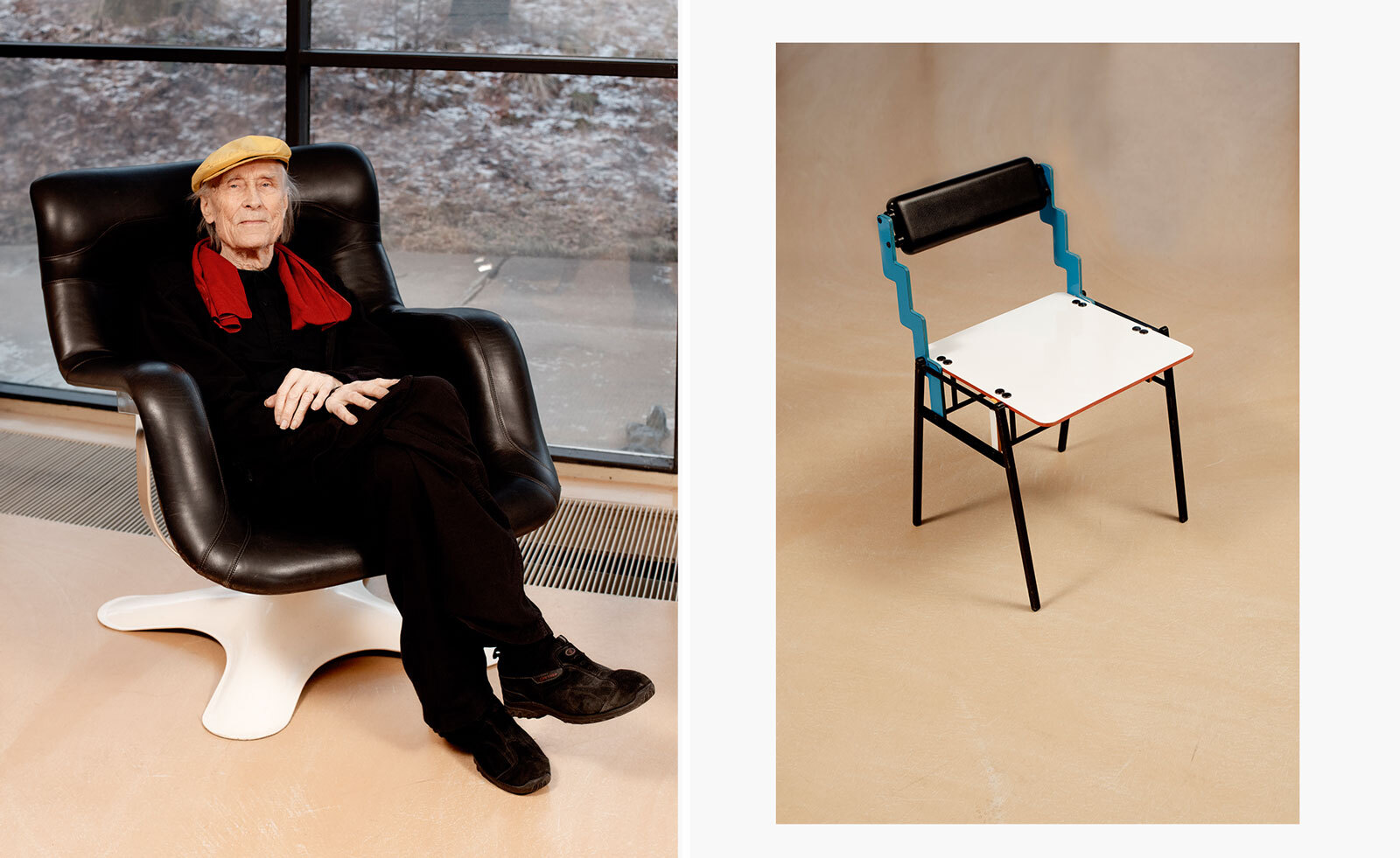 Remembering Yrjö Kukkapuro, Finnish grand master of design (1933-2025)
Remembering Yrjö Kukkapuro, Finnish grand master of design (1933-2025)Almost everyone in Finland has sat in a chair by designer Yrjö Kukkapuro, writes Wallpaper’s Emma O'Kelly, who met him at his studio in 2020 and here pays tribute to a design legend
By Emma O'Kelly